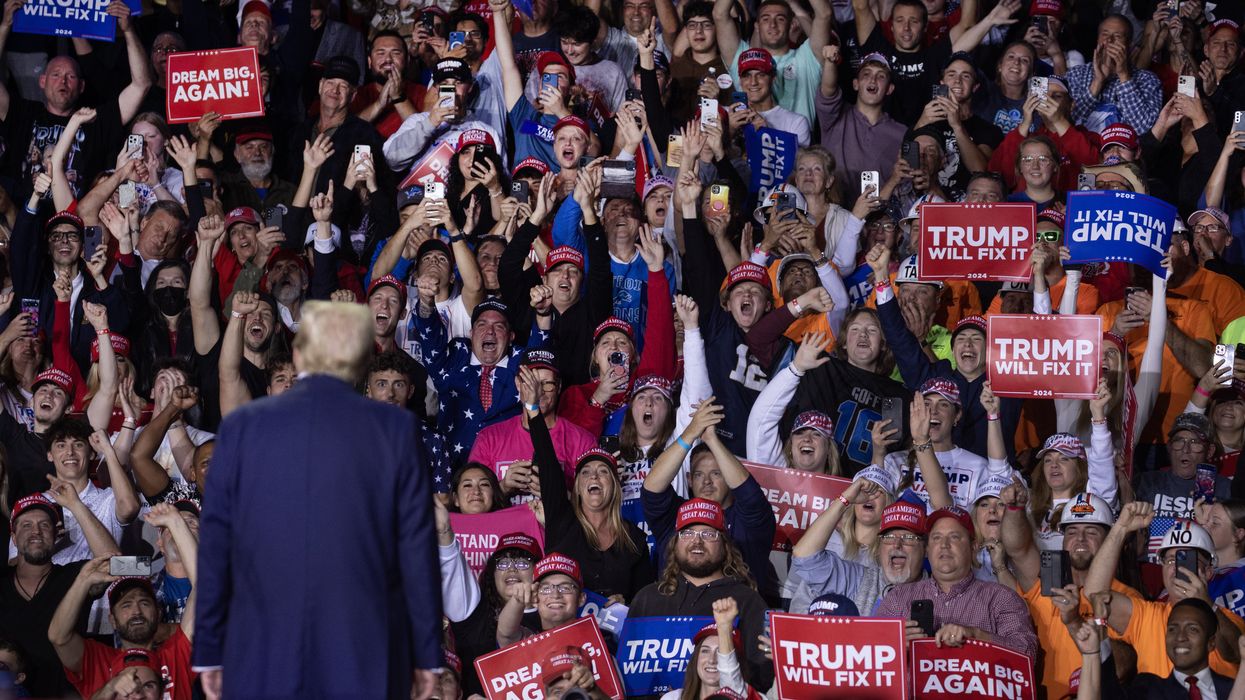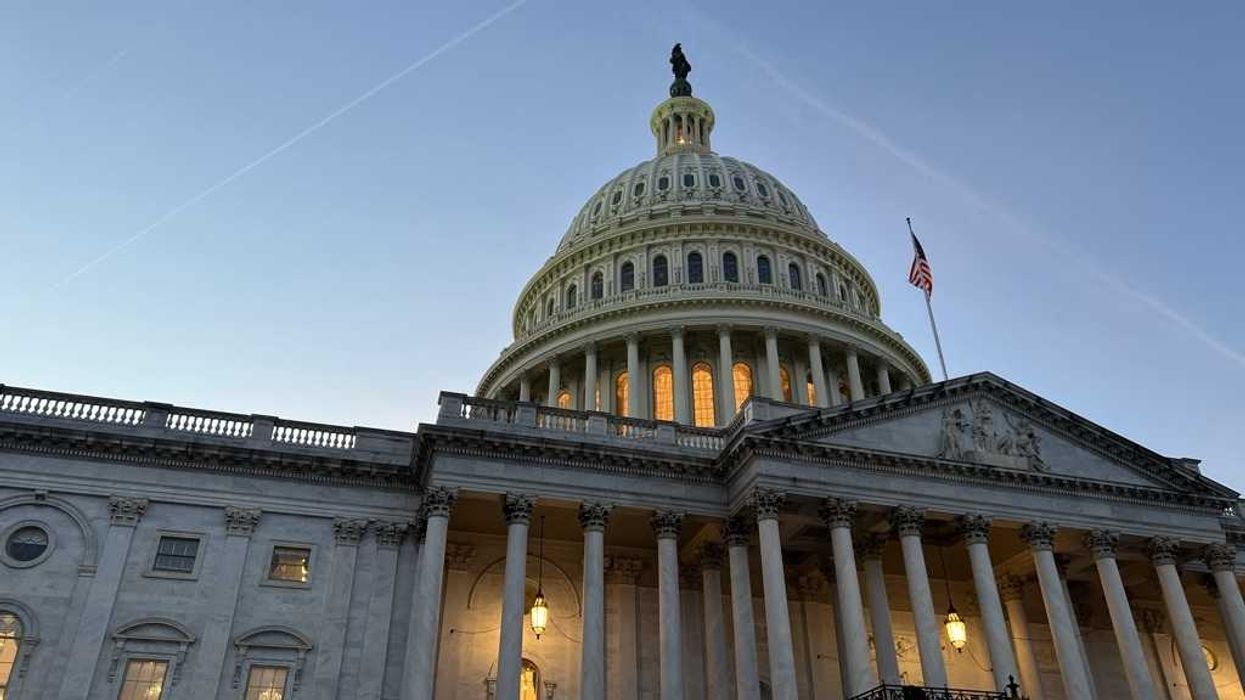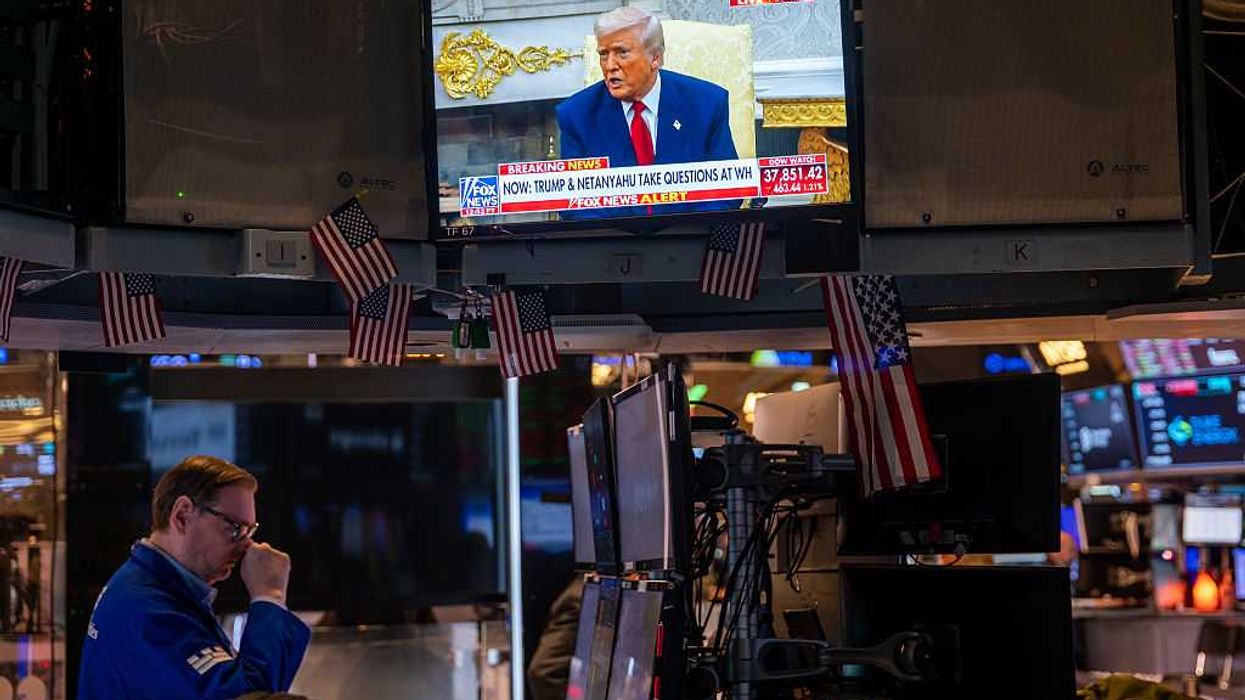Anderson edited "Leveraging: A Political, Economic and Societal Framework" (Springer, 2014), has taught at five universities and ran for the Democratic nomination for a Maryland congressional seat in 2016.
Capitalism underwent a major change in the first two-thirds of the 20th century.
A broadly laissez-faire economy housed in a representative democracy that failed to provide basic political and economic rights for anyone but economically well-off white males was gradually transformed into a mixed economy housed in a representative democracy that made great strides toward providing basic political and economic rights for all citizens — including white male workers, women, African-Americans and other ethnic minorities.
Although far from a truly egalitarian society with respect to both political and economic rights, America by 1920 and then 1940 and then 1967 had undergone a massive transformation. The Progressive Era, the New Deal, and the Great Society had spoken.
In many ways, this process of transformation has been parallel to the Protestant Reformation. Over the course of more than 100 years, Martin Luther in what is now Germany, John Calvin in Switzerland, John Knox in Scotland and other reformers created an alternative version of Christianity to Roman Catholicism. This process generated a Counter-Reformation, especially in Spain and Italy, and ultimately led to the Thirty Years War.
It became possible to be both a Christian but not a Catholic, a believer in Christ as the savior for humanity but one who protested — thus the name Protestantism — many practices of the Catholic Church.
Most notable among them: the corruption associated with charging people money or goods (indulgences) to seek forgiveness for their sins and either escape hell altogether after death or settle for a specific number of years to be spent in purgatory prior to being sent to heaven. He also individualized Christianity by promoting the concept of each individual praying directly to God rather than through a priest and the church hierarchy that went with it.
Contemporary, advanced information age capitalism has outlived totalitarian communism in the 20th century. It beat back the more extreme forms of democratic socialism, although it has moved in the direction of social democracy in the Nordic countries and at times in the United Kingdom, France and Germany as well as in Canada and Australia.
Even so, in the 1990s capitalism in the United States moved toward the center via Clinton centrism. This was a movement away from Lyndon Johnson’s Great Society capitalism. Bill Clinton’s centrism became the new heart of capitalism in the United States, and it ran side by side with the shift the Labor Party made under Tony Blair away from socialism and toward a British version of Third Way politics.
The final stage of our Capitalist Reformation is before us, only it is hard to see. The outlines concern a decisive move toward the center, but less on economic matters than moral and cultural. It will differ from Clinton centrism, which was animated by fiscally conservative economic policies. In 1996, President Clinton declared, "the era of big government is over."
Moreover, it will differ from the earlier parts of the capitalist reform movement which also were animated by economic policies and regulations, ranging from the creation of the Federal Reserve Board, the Federal Trade Commission, and the Security and Exchange Commission to the Tennessee Valley Authority, the Social Security Administration, the National Labor Relations Act and the War on Poverty.
The threat to our basic political and civil rights is real, but it is not at the core of the final stage of the Capitalist Reformation. That final stage, which has been interrupted by the disintegration of our basic electoral rights, concerns the process of building community amongst individuals with some major differences in how they conceptualize racial, gender and sexual relations.
At the extremes, are citizens, like politicians in Washington, who are polarized — resentful, angry, and uneasy with those whose lifestyles they oppose. But the 40 percent of Americans who identify as independents along with moderate Republicans and Democrats form the “unrepresented majority” of the country, whose beliefs and values are nuanced and not clear-cut.
The final stage of the Capitalist Reformation will repel those agents trying to undermine our democratic electoral system and then build those bridges between rival camps that will ultimately make our communities less fragmented and torn. It will also need to treat gross inequalities in income and wealth in the United States. But completing the reformation of the capitalist system will concern moral and cultural issues more than economic.
The moral and cultural issues — work/family balance, immigration, race, gender and sexual identity issues — these matters are still unresolved and we must find ways to resolve them. This will require more creativity and imagination, all in the context of wrestling with a pandemic crisis.
Modern industrial capitalism arose, according to Max Weber's famous argument in “The Protestant Ethic and the Spirit of Capitalism,” when both “ideational” and “material factors” united to burst it forward. The beliefs and values that animated the Protestant Ethic, especially asceticism, hard work and self-reliance, powered the rise of industrial capitalism. The fight to create a new center in advanced information age capitalism in the years ahead is as much about moral and cultural values as economic. It is the fight ahead of us in the next 30 years, one that is currently being overshadowed by the fight over voting rights but one we will hopefully be able to fight.




















